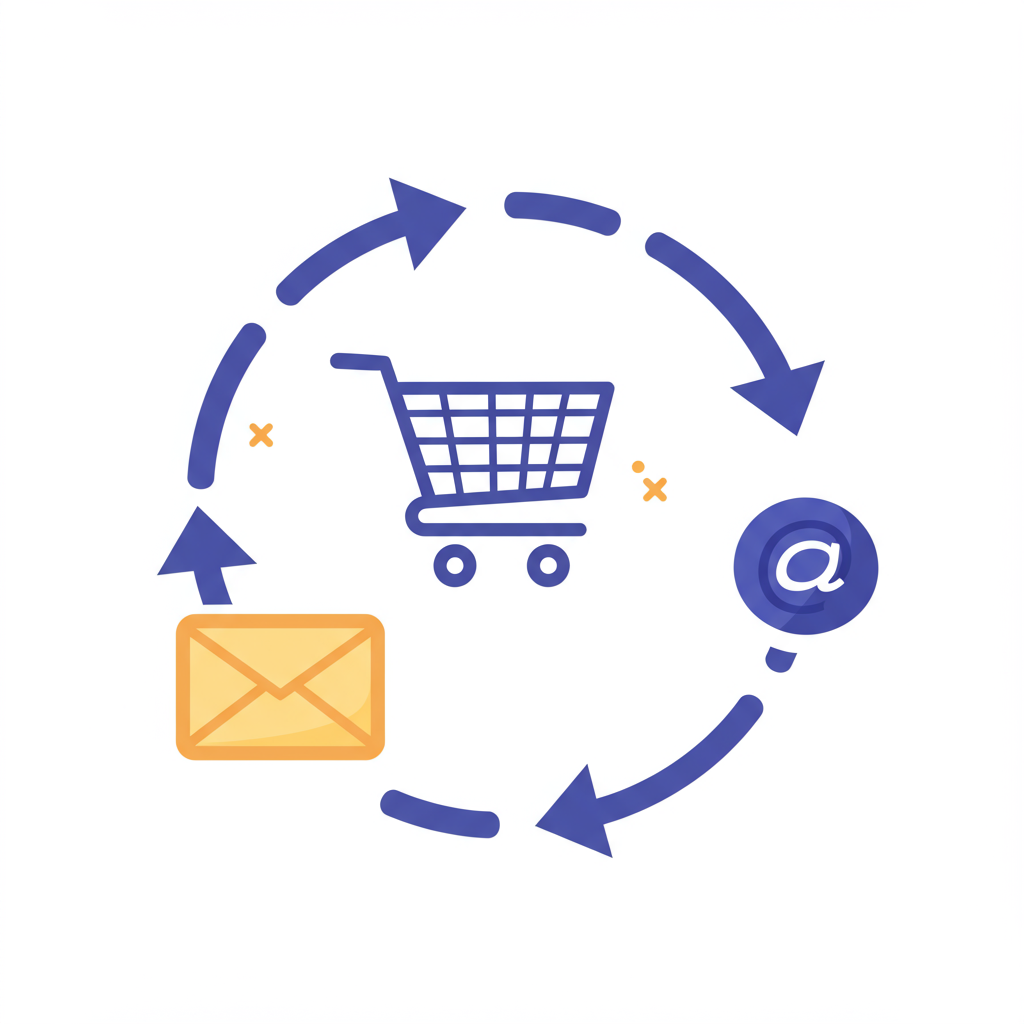My Comprehensive Guide to Recovering Lost Sales and Boosting Your Revenue
Welcome, fellow Shopify merchants! Today, I want to talk about a challenge we all face, yet one that holds immense potential for revenue recovery: the abandoned cart.
It’s a scenario I’ve seen countless times: a customer browses your store, adds items to their cart, perhaps even starts the checkout process, and then… they disappear.
This isn’t just a minor inconvenience; it represents lost sales, revenue that was almost yours but slipped through your fingers.
An abandoned cart is, quite simply, when a potential customer adds products to their online shopping cart but leaves your website before completing the purchase.
Why does this happen? The reasons are varied: high shipping costs, a complicated checkout process, just browsing, distractions, or even simply forgetting.
But here’s the good news: a significant portion of these abandoned carts can be recovered. And the most effective tool in our arsenal for this is the abandoned cart email series.
From my own experience, implementing a well-crafted abandoned cart email strategy has been an absolute game-changer for my Shopify stores.
It’s not just about sending a single email; it’s about creating a strategic sequence that gently nudges, reminds, and incentivizes customers to return and complete their purchase.
Why email? Because it’s direct, personal, and allows us to re-engage with someone who has already shown interest in our products.
Think of it as a friendly reminder, a helping hand, or even a last-minute offer that brings them back to their cart.
The power lies in the series. A single email might get lost, but a thoughtfully timed sequence increases your chances of conversion significantly.
Let’s dive into the structure of an effective abandoned cart email series, based on what I’ve found works best.
The First Email: The Immediate Reminder. This is your quickest opportunity to re-engage.
I recommend sending this email within 30 to 60 minutes of cart abandonment. The customer is likely still online, and the items are fresh in their mind.
The content should be a gentle reminder. Something like, “Did you forget something?” or “Your cart is waiting!”
Include a clear link back to their cart. Make it incredibly easy for them to pick up exactly where they left off.
The subject line for this first email should be simple and direct, perhaps even a little curious. Avoid anything too pushy at this stage.
The Second Email: Overcoming Objections and Adding Value. If the first email didn’t convert, it’s time to dig a little deeper.
I typically send this email around 24 hours after the abandonment. This gives the customer some space but keeps your brand top of mind.
In this email, I focus on addressing common reasons for abandonment. Are shipping costs a concern? Highlight your free shipping threshold or flat rates.
Do you have a great return policy? Emphasize it. Is your customer service exceptional? Let them know you’re there to help.
This is also a great place to subtly re-emphasize your product’s value proposition. What problem does it solve? What benefit does it offer?
Consider adding social proof here, too. A short, glowing customer review or a link to your best testimonials can build trust and confidence.
The Third Email: The Final Push and Incentive. This is often your last chance to recover the sale.
I usually send this email 48 to 72 hours after the abandonment. By this point, the urgency needs to be higher.
This is where you might introduce a small incentive, if it aligns with your business model. A small discount code (e.g., 10% off), free shipping, or a free gift.
However, use discounts wisely. Don’t train your customers to abandon carts just to get a discount. I often test offering it only in the third email.
You can also introduce a sense of urgency here: “Items in your cart are selling fast!” or “Your cart expires soon!” (if applicable).
Always include a strong, clear call to action (CTA) in every email. Make it obvious what you want them to do: “Complete Your Order,” “Go to Cart,” “Shop Now.”
Beyond the sequence, personalization is key. Beyond just using their name, try to reference the specific items they left in their cart.
Shopify’s built-in abandoned cart automation is a good starting point, but I highly recommend exploring third-party apps for more advanced features.
These apps often offer more robust customization, A/B testing capabilities, and detailed analytics that can truly optimize your series.
Speaking of optimization, A/B testing is crucial. Don’t just set it and forget it. Test different subject lines, email content, CTAs, and even the timing of your emails.
Analyze your results: open rates, click-through rates, and most importantly, conversion rates. What’s working? What isn’t? Adjust accordingly.
Remember to comply with email marketing regulations like GDPR and CCPA. Always ensure you have permission to email your customers.
My final piece of advice: be persistent but not pushy. The goal is to be helpful and remind them, not to spam them.
Implementing a robust abandoned cart email series is not just a task; it’s an investment in your business’s bottom line.
It’s a proactive way to turn almost-sales into actual revenue, significantly boosting your conversion rates and overall profitability.
I’ve seen firsthand the incredible impact this strategy can have, and I encourage every Shopify merchant to prioritize it.
What do you think about this article? Have you had success with abandoned cart emails?
Keep refining your strategy, keep testing, and you’ll undoubtedly see the positive results.
It’s an ongoing process of learning and adaptation, but the rewards are well worth the effort.
You’ll be amazed at how many sales you can recover simply by reaching out at the right time with the right message.
Good luck, and happy selling!






